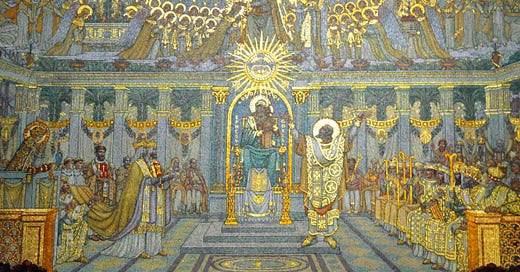
Happy feast of the Divine Motherhood of Our Lady!
October 11 is a perfect illustration of the basic problem of the Catholic Church in the 20th century.
In 1931, Pope Pius XI instituted the feast of the Divine Maternity of the Blessed Virgin Mary on Oc…
Keep reading with a 7-day free trial
Subscribe to Tradition and Sanity to keep reading this post and get 7 days of free access to the full post archives.




